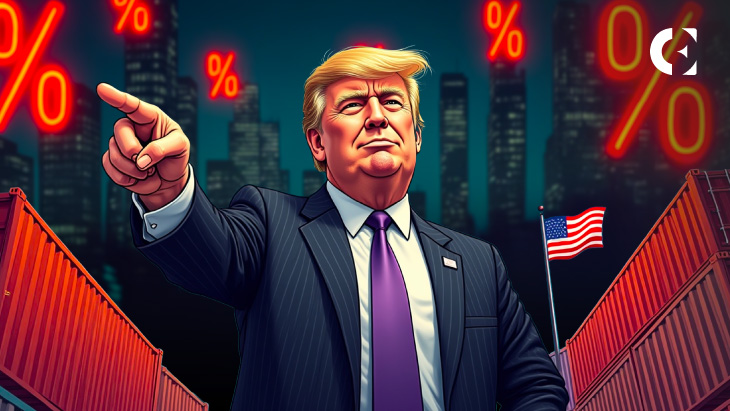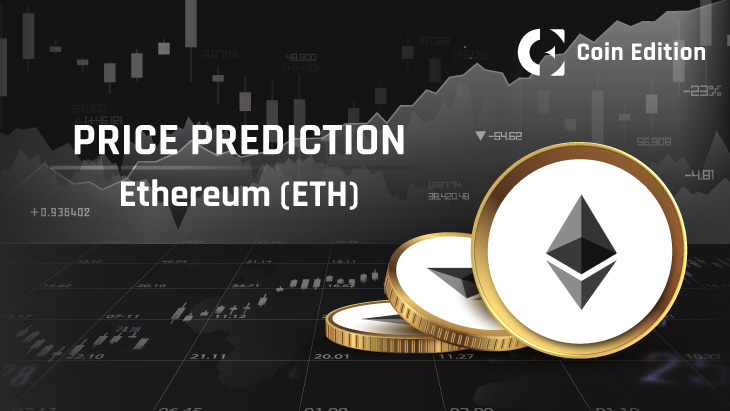- President Trump announces reciprocal tariffs on 60+ countries effective midnight.
- The US average tariff rate reaches 18.3%, down from a 27% peak earlier in 2025.
- India and Brazil face the steepest 50% rates, while China maintains a 30% truce.
President Donald Trump announced that reciprocal tariffs on over 60 countries worldwide take effect at midnight. He also claimed that “billions of dollars” will begin flowing into the United States treasury. The President posted on Truth Social that countries that have “taken advantage” of America for years will now contribute substantial revenue.
Trump’s latest tariff regime creates the most comprehensive trade protection system implemented during his administration. The average applied US tariff rate stands at 18.3% as of August 2025, down from a peak of 27% reached earlier this year.
India and Brazil Face Maximum 50% Tariff Rates
India confronts the highest tariff burden at 50%, comprising a 25% baseline rate plus an additional 25% penalty for purchasing Russian oil. This base will take effect today, and the additional one on August 27 as part of efforts to discourage energy trade with sanctioned nations.
Brazil also faces 50% tariffs following Trump’s criticism of legal proceedings against former President Jair Bolsonaro. The administration has provided exemptions for aircraft, energy, and orange juice imports to protect specific US consumer interests.
Canada sees increased tariffs rising to 35% from previous 25% levels on most goods, though 85% of bilateral trade remains exempt under USMCA provisions. The selective application maintains trade flow while applying pressure on specific sectors.
China Maintains Temporary 30% Rate Through August 12
China is currently under a 30% tariff rate under an interim truce deal that expires on August 12. The government has indicated the likelihood of higher rates on the expiration of the truce following talks.
The European Union, South Korea, and Japan are all subject to 15% tariffs following initial trade deals with US negotiators. The lower rates reward cooperative trade negotiation strategies while preserving protectionism.
Taiwan is hit with 20% tariffs except for top semiconductor companies such as TSMC. The technology carve-out protects targeted supply chains while increasing pressure on other trade categories.
Diverse Tariff Rates Hit Multiple Nations
Switzerland is subjected to 39% tariffs, one of the highest rates imposed on developed economies. The rate is aimed at the country’s money trade and luxury exports to America.
Syria has a tariff rate of 41%, and Myanmar and Laos each must pay 40% tariffs. More onerous rates are levied on nations with few US trade relationships or political tensions.
The tariff agreement brings incentives for bilateral negotiations and revenue to finance US government activities. Trump emphasized that legal objections from “radical left courts” can potentially delay the implementation.
The system of retaliation tariffs serves the dual function of pushing trading partners into more favorable terms and protecting American industry from foreign competition. The generation of revenue provides additional rationale beyond traditional protectionist theory.
Related: Trump White House Preps ‘Choke Point’ Killer; CZ Says It ‘Opens Banking for Crypto’
Disclaimer: The information presented in this article is for informational and educational purposes only. The article does not constitute financial advice or advice of any kind. Coin Edition is not responsible for any losses incurred as a result of the utilization of content, products, or services mentioned. Readers are advised to exercise caution before taking any action related to the company.







